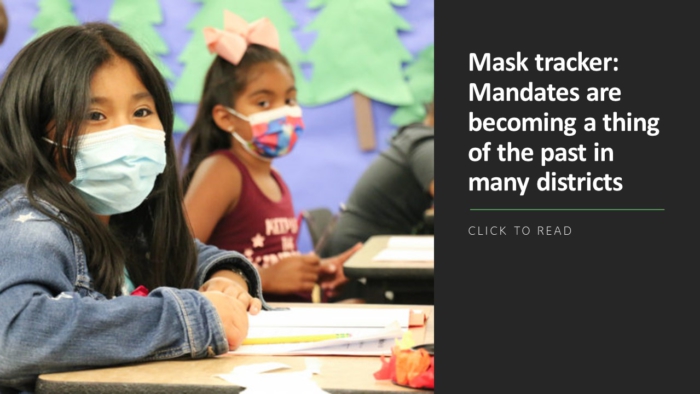Is the purpose of monitoring students online to protect or punish them? Too often, it seems to be the latter—particularly when it comes to how students are using district-owned devices, researchers say in a new analysis.
The pandemic shift online only increased the pressure on educators to shield students from cyberbullying, invasions of privacy, poor choices on social media, and other digital threats. But teachers say tracking technology is more frequently used for disciplinary purposes, according to the Center for Democracy and Technology’s “Hidden Harms: The Misleading Promise of Monitoring Students Online” report.
“Parents and students show the strongest support for student activity monitoring when it is used to keep students safe; in particular, to stop students from harming themselves or others,” the authors of the report said. “However, that is not how student activity monitoring is most commonly used.”
Current software allows schools to view students’ screens, record browsing and search histories, and scan their messages and documents stored online or on school devices. Online monitoring, therefore, raises significant equity concerns, the researchers said. “LGBTQ+ students are disproportionately targeted for action,” the researchers said.
More from DA: New data reveals only half of students feel welcome in their schools
Firstly, students’ sexual orientations and gender identities are being disclosed without their consent. LGBTQ+ students whose online activity is being monitored are also more likely to say they’ve been contacted by law enforcement about committing a crime.
Because students from low-income families, Black students and Hispanic students rely more heavily on school-issued devices, they are subject to more surveillance than are students who use personal computers, previous research by the Center for Democracy and Technology has shown. This means that these students are also more likely to be disciplined and contacted by law enforcement.
FETC 2023
The Future of Education Technology® Conference takes place live and in-person Jan. 23-26, 2023, in New Orleans. Register now!
The report identified several other problems:
- Monitoring is used for discipline more often than safety. More than two-thirds of teachers say the purpose of tracking at their school is to identify disciplinary violations. Only 47% say the technology is used to spot students who are having a mental health crisis.
- Teachers are often tasked with monitoring students online but haven’t been trained to use the technology. Teachers are expected to respond to alerts generated by tracking software but don’t know to report the activity privately or securely.
- Monitoring is often not limited to school hours. Parents and students say they are most comfortable about activity being monitored when school is in session.
- LGBTQ+ students are disproportionately targeted. About 30% of LGBTQ+ students reported they were outed because of something they did online. They were also more likely to report getting in trouble for visiting what educators believed to be an inappropriate website.
- Students from low-income families, Black students, and Hispanic students are at greater risk of harm. Six in 10 Black students, six in 10 Hispanic students, seven in 10 rural students, and seven in 10 students from low-income families use district-owned devices, which are more likely to be monitored./li>
- Students’ mental health could suffer. On the positive side, students says they are being referred to school counselors, social workers, and other adults for mental health support. Monitoring, however, has also convinced some students not to express their thoughts and feelings online.
- Large knowledge gaps in how monitoring software functions. There are often significant differences between what a teacher reports about online activity and how parents and students perceive that same activity.
Administrators should assess whether their online monitoring efforts are helping or harming students, and even consider ending the practice, the researchers concluded. “Education leaders would benefit from an inclusive definition of student safety and wellbeing that not only seeks to address the devastating impacts of student self-harm and acts of school violence but also mitigates the disproportionate negative impacts of overbroad policing and surveillance,” they wrote.
The Center for Democracy and Technology is also urging the U.S. Department of Education’s Office for Civil Rights to develop national policies that would prevent students from being harmed by online monitoring. The organization also hopes to see continued scrutiny of monitoring software.



